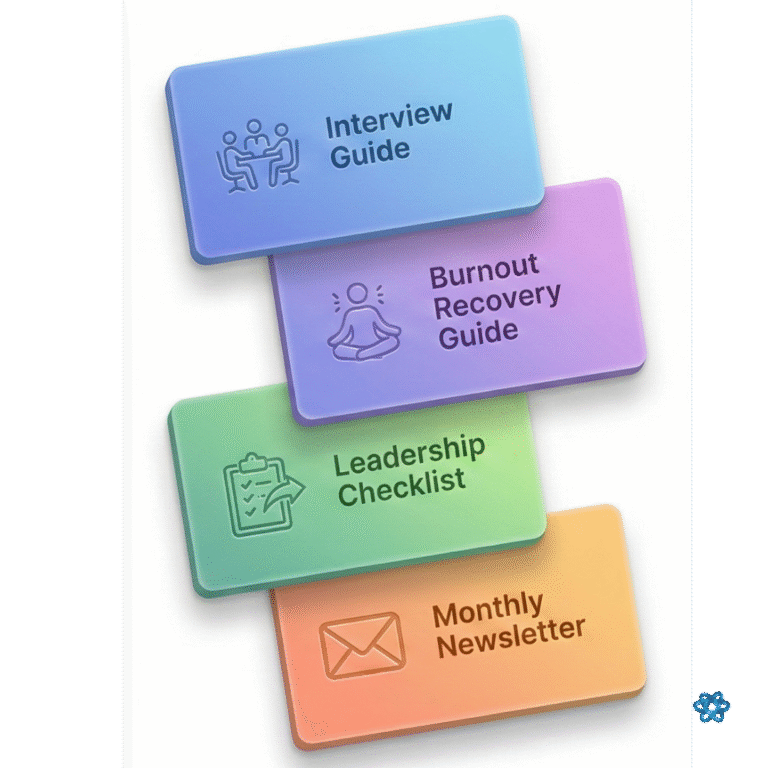“I’m paying you, and that should be motivation enough” – I had an executive tell me this during a team activity. I understood their frustration, their inability to create sustainable motivation in their employees, they were stuck in their assumption that what motivates them is the same for everyone they lead.
During the consultation at their company, I took time to meet with them 1:1 and asked if their family were also motivated by accomplishment. They laughed, “no! I can’t get my partner to do anything that doesn’t involve people, or my kid won’t listen to a word I speak and the decision needs to come from them.”
Often, we see employees as objects to get things done, and after trying their best, they fell into the trap of least resistance: they work so they must all be motivated by their paycheck.
Like their family, each of us have a different motivation style, and when we can engage in dialogue with our peers and meet them at their motivation preference, we can help thrive. If you really want to unlock the best in your team, you have to stop leading everyone the same way and start speaking their individual “motivational language.” A simple but incredibly powerful way to do this is to understand the three core motivational styles: the Achiever, the Connector, and the Influencer.
Once you can spot these drivers in your people, you can tailor your leadership style to give them what they actually need to thrive.
Two months after my conversation with the exec, they sent me an “Thank you! The motivational language worked like a charm and I feel more connected with my team as a result of my shifting how I spoke to each of them. Thank you!!”

Leading the task masters
Your Achievers are those great at completing tasks, getting things done and always looking for more to accomplish. They are your results-oriented dynamos. They love metrics, to-do lists, and the satisfying feeling of a job well done. They’re driven by challenge and personal accomplishment. Here’s how to speak their language:
-
Give them a target to hit. Achievers thrive on clarity, give them a clear, measurable finish line. Say, “Our goal is to increase customer retention by 10% this quarter.” Then, let them run. Vague instructions only frustrate them leading to more of a disconnect with the work and team. Using SMART goals can be helpful when developing a plan for them.
-
Hand over the reins. Achievers crave ownership. Give them a challenging project, define what success looks like, and then trust them to figure out the best way to get there. They will reward your trust with incredible focus and dedication.
-
Be their scoreboard. They need to know if they’re winning. Provide regular, specific, data-driven feedback. A quick, “Hey, I saw you cleared that backlog—you’re already 50% of the way to our goal,” is more motivating than a thousand generic compliments.
-
Don’t let them burn out. Their internal drive is so strong they can easily work themselves to exhaustion. Actively encourage them to take breaks, use their vacation time, and disconnect. They probably won’t do it unless you make it clear it’s expected. This is your biggest job as the leader of an Achiever.

Leading the social butterfly
Connectors are often the heart and soul of your team culture. They are energized by collaboration, build strong relationships, and genuinely care about creating a harmonious and supportive environment. They are often the forgotten ones in the team because it seems like they aren’t contributing to the goals or leading, but they are often in danger of compassion fatigue, because everyone comes to them with their relational challenges, conflict, etc. and they hold space with their “soft” skills, and ensures team cohesion. Here’s how to lead them:
-
Make them your culture Ambassador. Connectors are your natural glue. Put them in charge of onboarding new hires, organizing team-building events, or facilitating collaborative projects. They will shine, and your whole team will benefit from their natural talent for building community.
-
Give feedback with care. Connectors can be sensitive to criticism because they value relationships so highly. When you need to give them tough feedback, do it in private. Reassure them that the feedback is about a specific piece of work, not about their value as a person. Start with, “I really value you on this team, and I want to help you succeed. Let’s talk about the report from yesterday.”
-
Recognize their “soft” skills publicly. Don’t just praise task completion. Publicly acknowledge their role in keeping the team running smoothly. Say, “I want to thank [X] for doing such a great job of making sure everyone’s voice was heard in that meeting. It led to a much better outcome.” This shows you value their unique contribution.
-
Help them navigate personal conflict. They hate rocking the boat, Connectors can shy away from necessary disagreements. Coach them on how to have respectful but direct conversations. Remind them that addressing an issue kindly is better for the team’s health than letting it fester. This is your biggest job as the leader of a Connector.

Leading the leaders
It’s not a competition – It’s NOT a competition.
The natural born leaders and big-picture thinkers are energized by having an impact, shaping strategy, and inspiring others. They aren’t afraid to challenge the status quo and want a seat at the table. Inexperienced leaders ofter think these motivators could be a threat to their position, and that’s valid, the fear of losing your role to another is real, but as you create team cohesive and learn how to motivate your team, and create a psychologically safe environment, your role as a leader changes, it evolves into something greater and with more impact. More on this later…
Here’s how to lead the Influencer in your team:
-
Involve them in the “why.” Bring them into strategic conversations early. Ask for their opinion on the direction of a project or the company’s goals. They are most engaged when they feel they can help shape the future, not just execute on the present.
-
Give them something to lead. It doesn’t have to be a whole team. Let them lead a new initiative, a pilot project, or a task force. Give them a chance to rally people around an idea and see it through.
-
Be direct and focus on impact. When communicating with an Influencer, get straight to the point. They appreciate directness and are motivated by understanding the potential impact of their work. Frame tasks around the influence they will have: “If we can get this right, it will change how the entire company approaches this problem.”
-
Coach them to empower, not just direct. The potential pitfall for an Influencer is becoming a micromanager. Challenge them to lead with questions (“What do you all think?”) instead of just giving answers. Your job is to coach them on the difference between being a boss and being a leader.
We aren't a box
Now, we’ve only looked at the motivation styles as a singular force, and while reading you probably thought – that’s not me. I’m a bit of all of them – how does that work?
Truth is we don’t fall into a single box, that would be convinient, but we all have a mix of all of them in us. You might have an Achiever who also cares deeply about the team (Achiever-Connector) or an Influencer who is obsessed with data (Influencer-Achiever). This combination makes for a stronger and more complex team, but that doesn’t mean it has be a tough transition for you.
Your goal isn’t to put people in a box.
It’s to have a more sophisticated leadership toolkit. Pay attention to what energizes each person. Notice the kinds of projects that make their eyes light up. Listen to the language they use—are they talking about hitting goals, helping the team, or changing the game?
Asking your employees directly is a good start, but often we don’t recognize how we come across until we start doing a 360º feedback review. This goes back to Johari’s Window, where in the quadrant – we only know a small portion of our true self, another part is how people see us, another is what we hide from the world, and last is what is unknown until the situation/experience lead us.
Pay attention to the complexities of your team, and readjust as needed, because you and your team will readjust when you’ve mastered one and are ready to move to the next. It won’t happen frequently or abruptly, but it will slowly change as they become more independent and develop more of their autonomy and leadership.
By attuning yourself to these different drivers, you can move from being a manager who assigns tasks to being a leader who cultivates motivation.

Level up your motivation communication style
Understanding these styles is the first step.
Learning how to apply them in real-time, with the complex personalities on your team, is a true leadership skill. It can be hard to see your own blind spots or know how to adjust your style on the fly. A leadership coach can act as your sparring partner, helping you:
-
Accurately identify the motivational drivers on your team.
-
Develop a custom-tailored approach for each employee.
-
Practice the communication skills needed to lead each style effectively.
If you’re ready to level up your leadership and build a truly motivated team, let’s talk. Book a free, no-strings-attached call today to see how coaching can help you become the leader your team needs.

